Search
Search Results
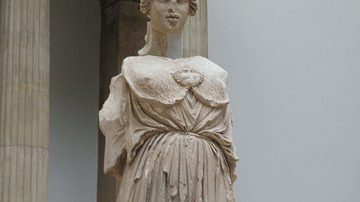
Image
Athena from the Library of Pergamon
A statue of the Greek goddess Athena from the Library of Pergamon. 200-150 BCE. Height: 310.5 cm. (Pergamon Museum, Berlin)
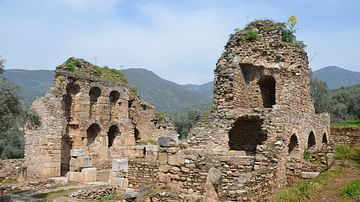
Image
The Library of Nysa
The library of Nysa, built in the 2nd century CE and considered to be Turkey’s second-best preserved ancient library structure after the Library of Celsus at Ephesus.

Interview
Interview: UNESCO Archives Digitization Project
Ancient History Encyclopedia has partnered with the UNESCO Archives, which we are very excited about. Our mission aligns very much with UNESCO, wanting to bring about peace and international understanding to the world through cultural heritage...
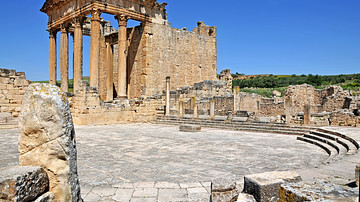
Definition
Roman Architecture
Roman architecture continued the legacy left by Greek architects and the established architectural orders, especially the Corinthian. The Romans were also innovators and they combined new construction techniques and materials with creative...
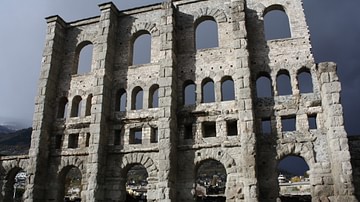
Definition
Vitruvius
Marcus Vitruvius Pollio (c. 90 - c. 20 BCE), better known simply as Vitruvius, was a Roman military engineer and architect who wrote De Architectura (On Architecture), a treatise which combines the history of ancient architecture and engineering...
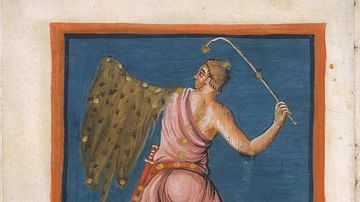
Definition
Orion
Orion was the great hunter of Greek mythology who was famed for his good looks and many love affairs. Either his assault of or admiration from Artemis resulted in the gods transforming the giant into a constellation. Referred to by such ancient...
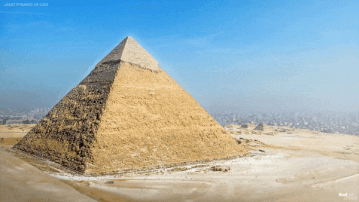
Image Gallery
Reconstructions of the Seven Wonders of the Ancient World
This collection features reconstructions of the Seven Wonders of the Ancient World; from the Hanging Gardens of Babylon to the Colossus of Rhodes. Out of the Seven Wonders, only one is still standing today - albeit in a damaged state - the...
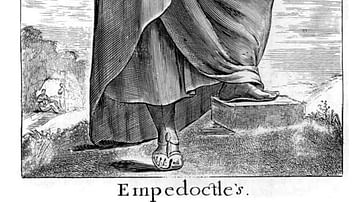
Definition
Empedocles
Empedocles (l. c. 484-424 BCE) was a Greek philosopher and mystic whose work harmonized the philosophies of Parmenides (l. c. 485 BCE), Heraclitus (l. c. 500 BCE), and Pythagoras (l. c. 571 to c. 497 BCE) in presenting a unified vision of...

Definition
Anaximenes
Anaximenes of Miletus (l. c. 546 BCE) was a younger contemporary of Anaximander and generally regarded as his student. Known as the Third Philosopher of the Milesian School after Thales (l. c. 585 BCE) and Anaximander (l. c. 610 - c. 546...
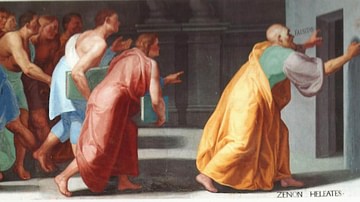
Definition
Zeno of Elea
Zeno of Elea (l. c.465 BCE) was a Greek philosopher of the Eleatic School and a student of the elder philosopher Parmenides (l.c. 485 BCE) whose work influenced the philosophy of Socrates (l. c. 470/469-399 BCE). Zeno and Parmenides are both...